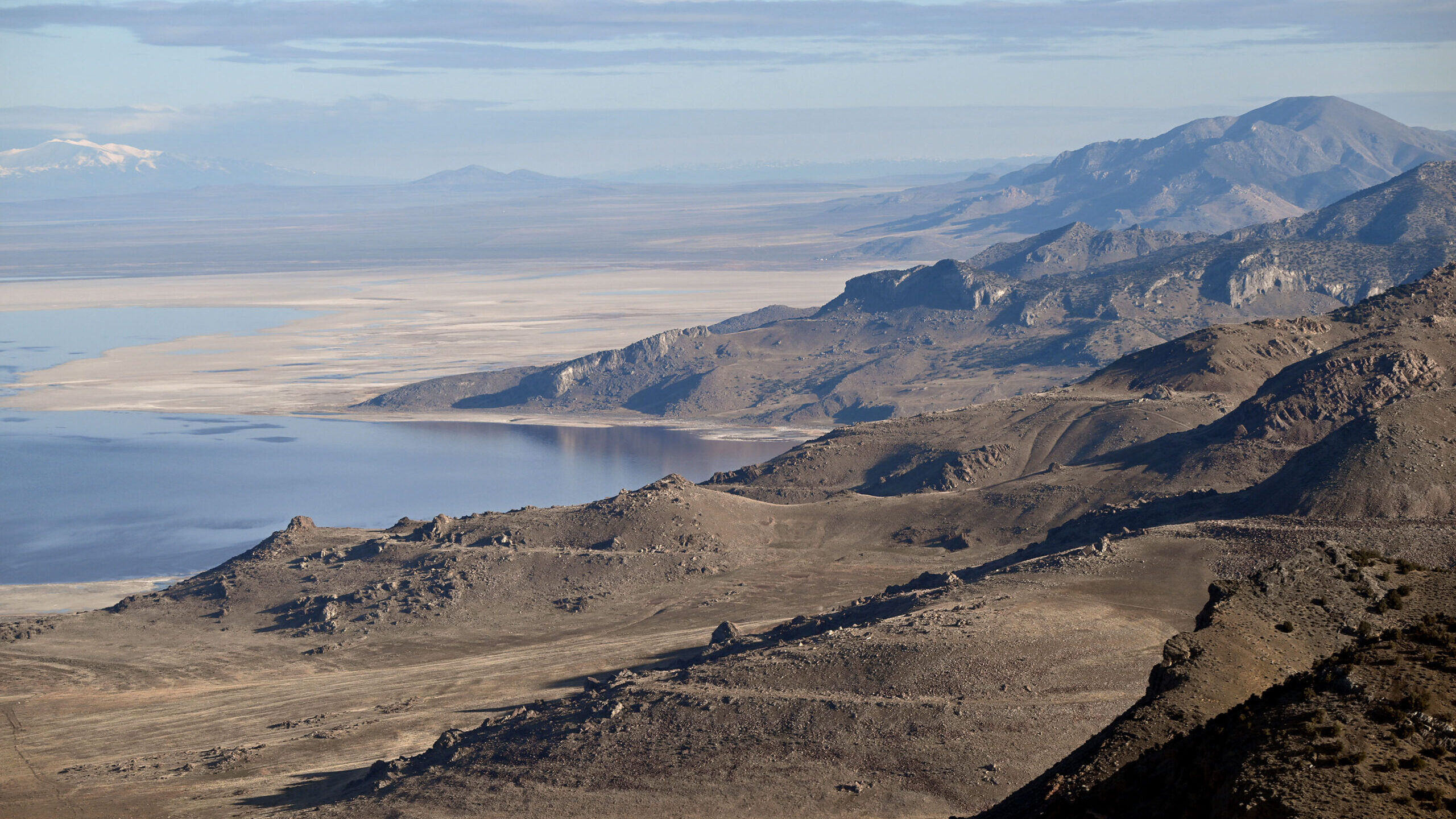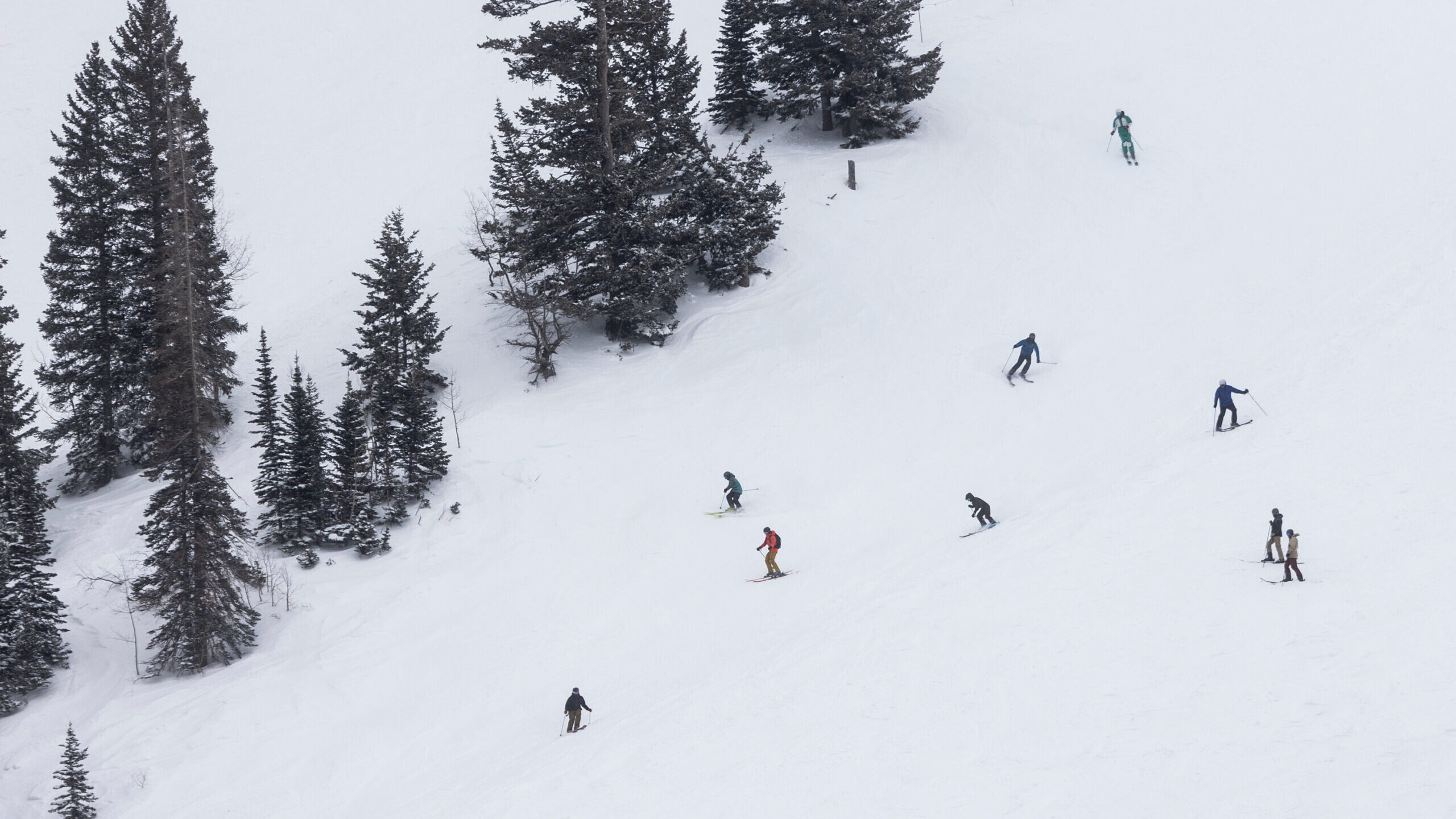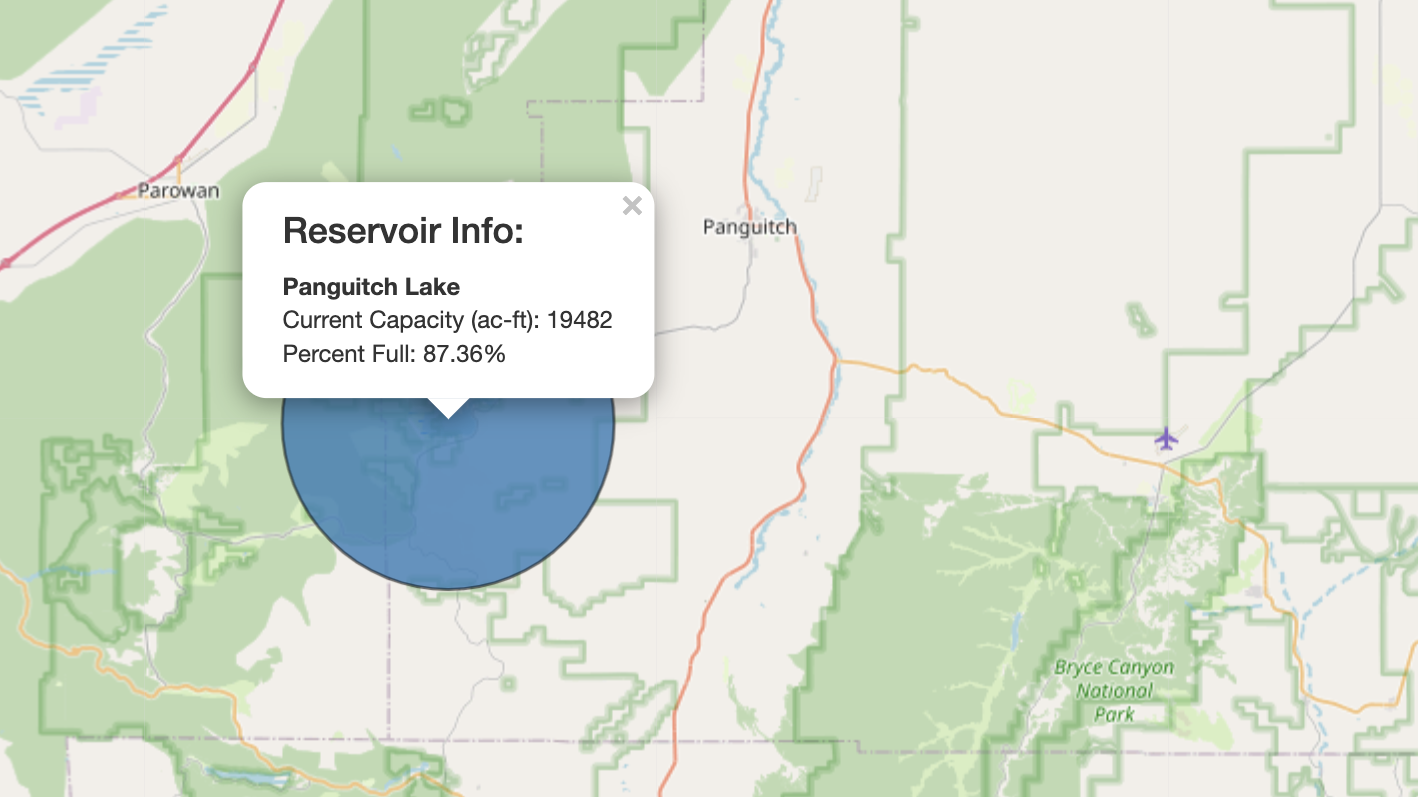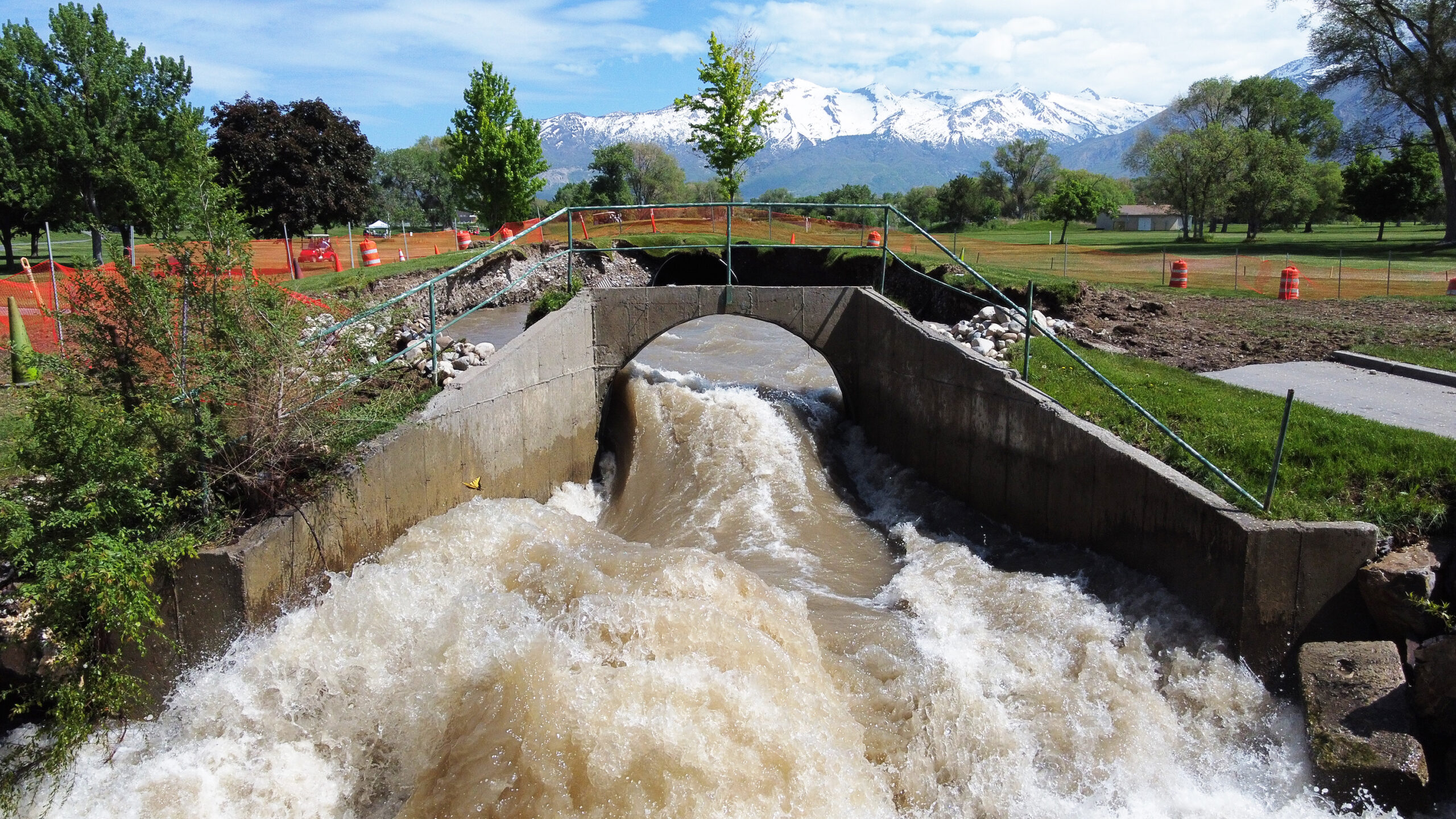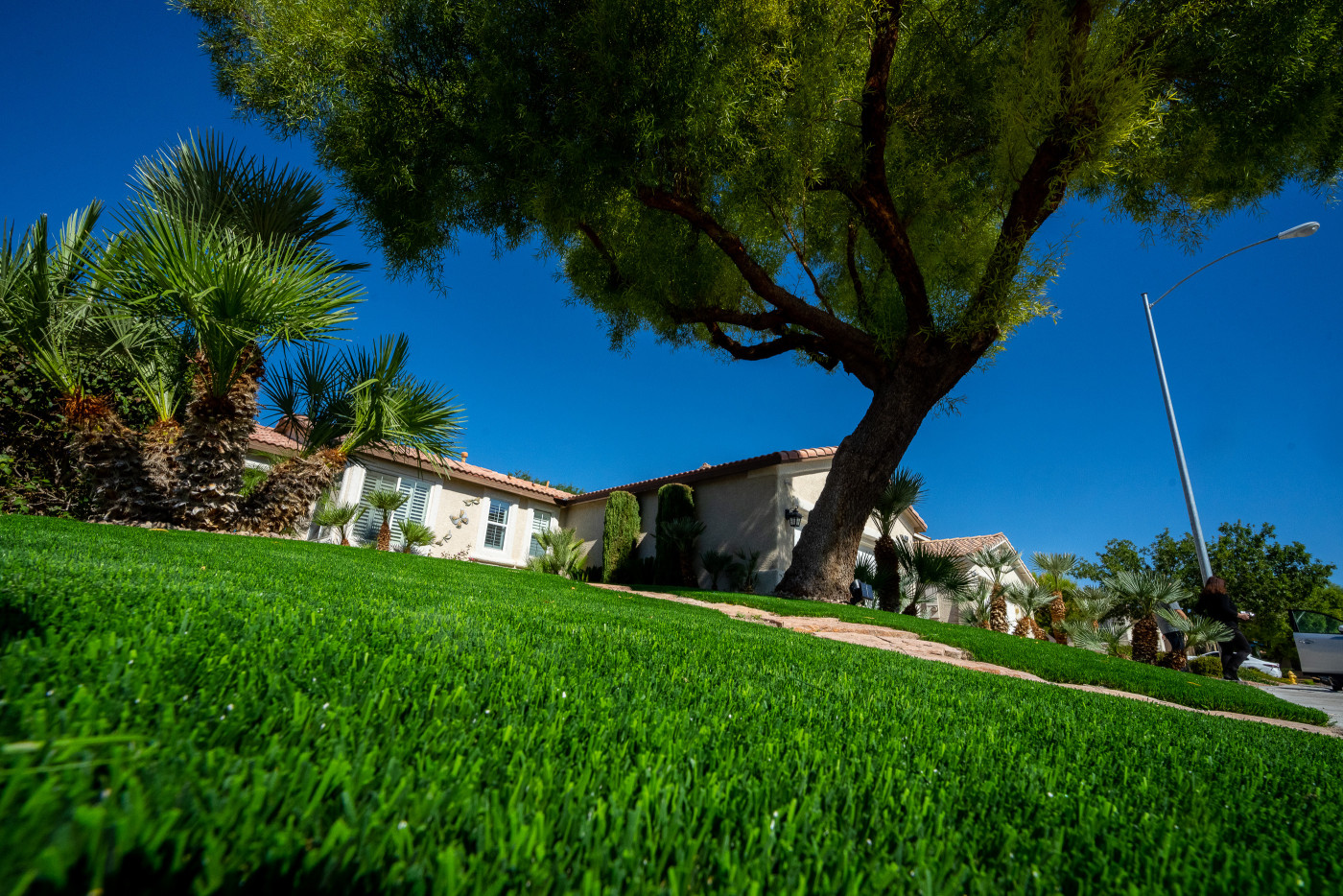DWR to make proactive fish stocking changes to lower impact of drought
Apr 25, 2022, 8:07 PM | Updated: 9:35 pm
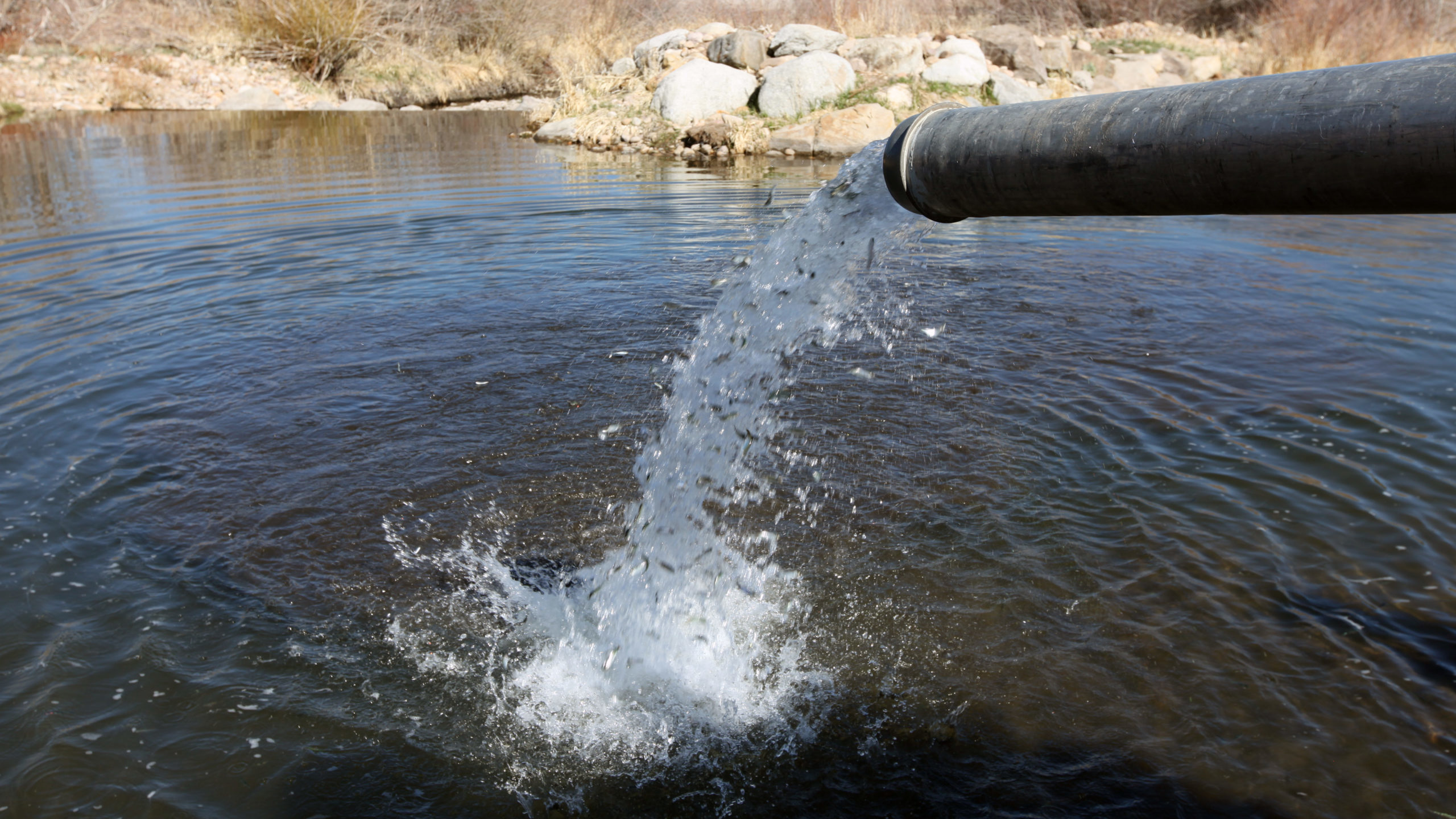
The Utah Division of Wildlife Resources are making proactive fish stocking changes to lower impacts of the drought. Photo credit: DWR
SALT LAKE CITY — As it did in 2021, the Utah Division of Wildlife Resources (DWR) is implementing proactive changes to lower the impact the drought may have on fish stocking at waterbodies around the state.
With nearly half of the state still experiencing drought conditions, Utah Gov. Spencer Cox recently ordered an emergency drought order for the state.
In response to that order, the DWR is strategically determining what rivers or lakes will have fish stocked this year. This is intended to eliminate or reduce fish being stocked into waterbodies where fish could die because of low water levels.
According to the DWR, smaller amounts of water warm up quicker. Warm water holds less oxygen for fish than cooler water.
Fish stocking changes
Through research, the DWR identified waterbodies that are expected to have poor angler access or low fish survival. As a result, the DWR will either reduce stocking fish or eliminate it all together at these locations.
“The best management action we can take at these waterbodies is to reduce the number of fish in these waters. Because when water levels are low, we are more likely to maintain a fishery that has fewer fish than one that has a lot of fish,” DWR Sportfish Coordinator Randy Oplinger said in a press release. “We try, whenever possible, to continue to provide a good fishing experience for anglers. Up until we think that water levels will hit a critical level.”
Same waterbodies as 2021
According to the DWR, several of the waterbodies that figure to have low water levels are the same ones from last year.
“The number of fish in these waters is lower this year than it was at the same time last year, due to last year’s drought, fish stocking changes and the temporary harvest limit increases we implemented,” Oplinger said.
The DWR is exploring long-term solutions for managing fish at waterbodies that have low water levels because of the drought. Those solutions include:
- Evaluating the kind of fish that are stocked at waterbodies impacted by the drought.
- Changing the timing of when fish are stocked, and the size of the fish when they are stocked.
- Creating standardized, seasonal fishing regulation changes.
- Purchasing more water rights for drought-impacted fisheries, whenever possible.
Read more:


